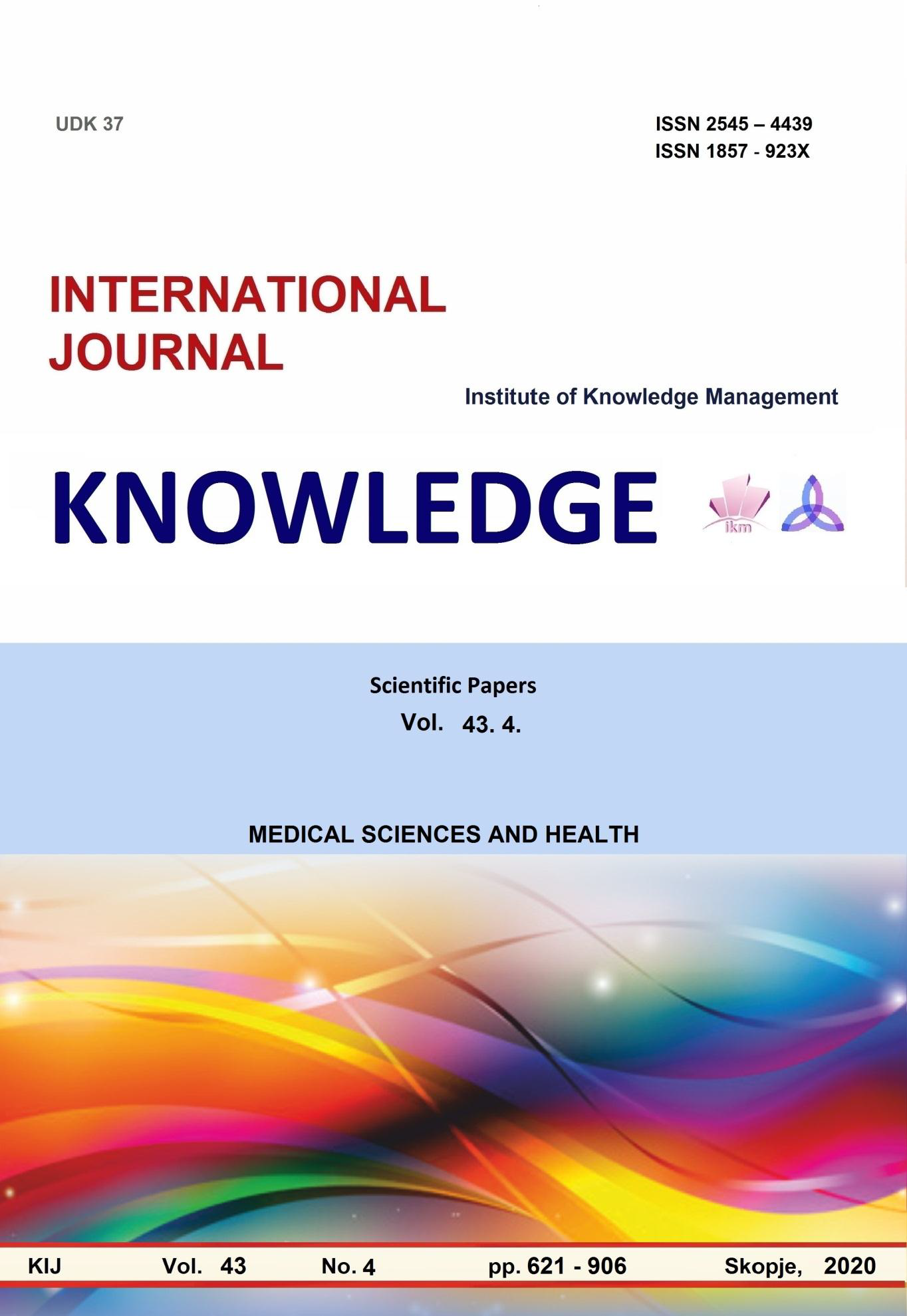МИОФАСЦИАЛНИ ТЕХНИКИ И КИНЕЗИОТЕЙП ПРИ МУСКУЛНО СКЕЛЕТНИ ДИСФУНКЦИИ В ОБЛАСТТА НА ГЪРБА
MYOFASCIAL TECHNIQUES AND KINESIO TAPE IN MUSCULOSKELETAL SPINE DYSFUNCTION
Author(s): Georgi Stoyanov, Margarita Avramova, Stamenka Mitova, Mariya GramatikovaSubject(s): Social Sciences
Published by: Scientific Institute of Management and Knowledge
Keywords: myofascial; kinesiotape; musculoskeletal; dysfunction; spine
Summary/Abstract: Despite advances in assessment and treatment methods in recent years, chronic back pain remains a serious challenge. It leads to a significant deterioration in the functionality and performance of people suffering from this pathology. On the other hand, the high intensity of pain restricts movement and daily activities and worsens the quality of life of people. Kinesio Taping has become an important adjunct to kinesitherapy treatment in recent years. Modern understanding of fascia and specialized myofascial techniques is increasingly entering the therapeutic practice. Aim: The study aims to investigate the effect of myofascial technique in combination with kinesiotape in patients with musculoskeletal dysfunction in spine. Methodology: The study included 48 persons, mean age 44.81±5.07years with a proven musculoskeletal dysfunction in the spine. Patients were randomly divided into two groups - control (CG) (n=23) and experimental (EG) (n=25) where we applied specialized myofascial techniques and kinesio tape. The control group receive a routine kinesitherapy programe including exercise and massage. The procedure duration was 40 minutes, 5 times a week, for a period of 4 weeks for both groups. The results obtained from the specialized tests for evaluation of the studied indicators are summarized, compared and analyzed. We used the Visual Analog Pain Scale (VAS) and a modified Merle d‘Aubigne scale to assess pain. Ott and Shober thest were done to assess range of movement and functionality of spine. The measurements were done before and after therapy. Results: Data was processed using Prizm 3.0. Elements of the descriptive statistics are used - obtaining and comparing means and reporting standard deviation. The mean baseline values obtained from the VAS is 7.91±0.9mm for CG and 8.36±0.7mm for EG, and at the end of the study decrease to 6.52±1.08mm for CG and 4.08±0.7mm for EG, respectively. Shober test shows 1.67±0.44cm before treatment and 1.96±0.54cm after treatment for CG before, and 1.8±0.29cm before and 3.16±0.43cm after treatment for EG. Data obtained of the Ott test is 2.35±0.44cm before and 2.61±0.45cm after for the CG, and respectively 2.4±0.46cm and 3.96±0.64cm for the EG. Results shows statistically significant differences after treatment (p<0.05). Conclusions: The study demonstrates the positive effect on pain and functionality of the spine region. We also prove the positive impact of myofascial techniques and Kinesio tape in patients with musculoskeletal dysfunctions in spine, obtaining better results in patients where were applied. Reducing pain symptoms in turn improves the mobility of the spine. All this leads to an improvement in the function of the spine and the quality of life of patients suffering this pathology.
Journal: Knowledge - International Journal
- Issue Year: 43/2020
- Issue No: 4
- Page Range: 785 - 791
- Page Count: 7
- Language: English, Bulgarian

